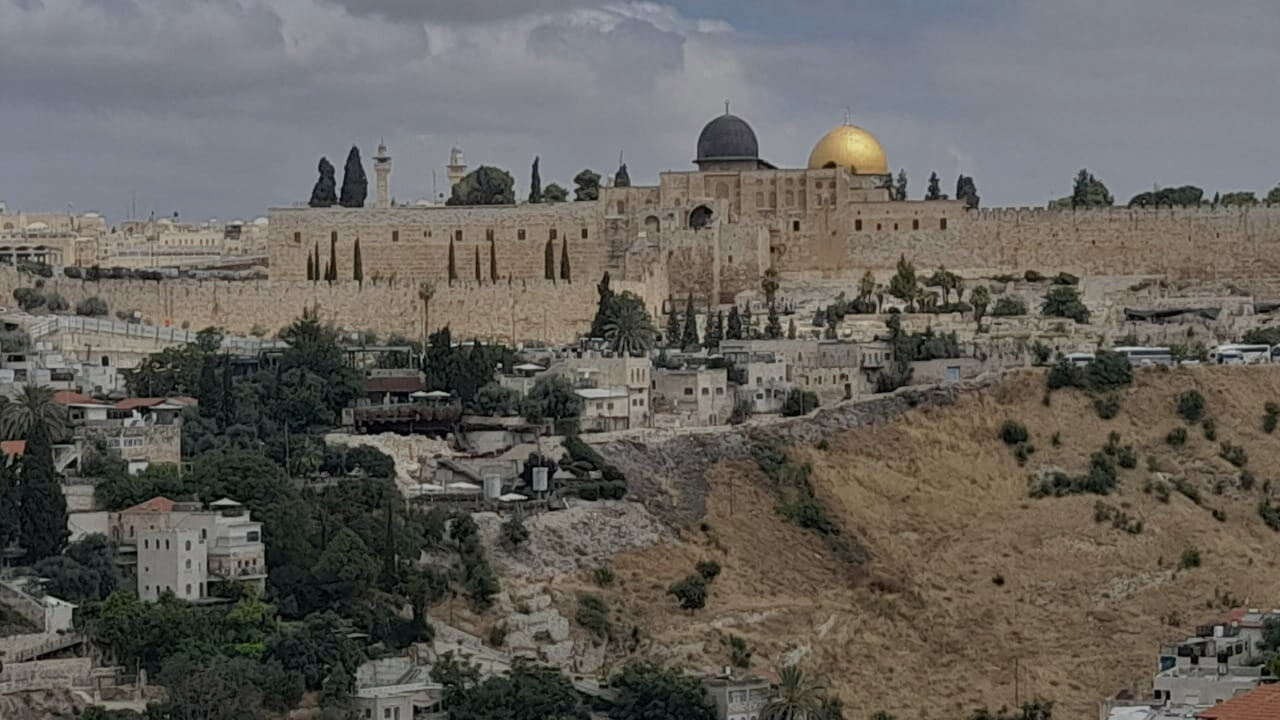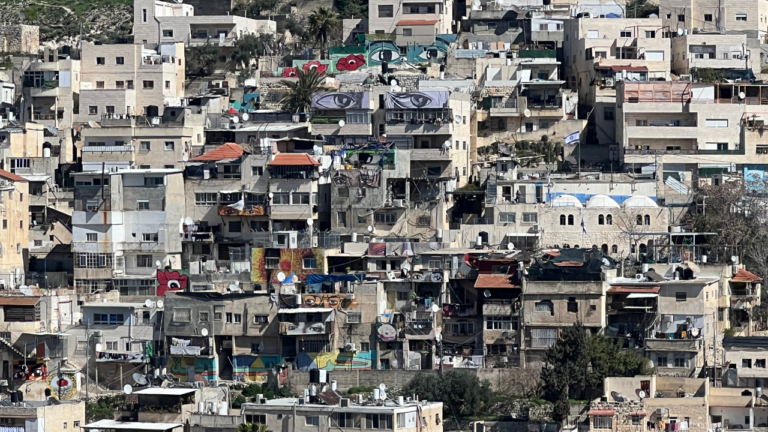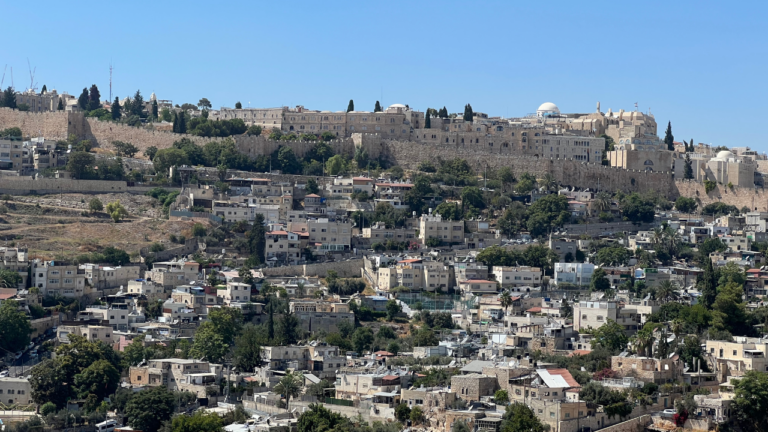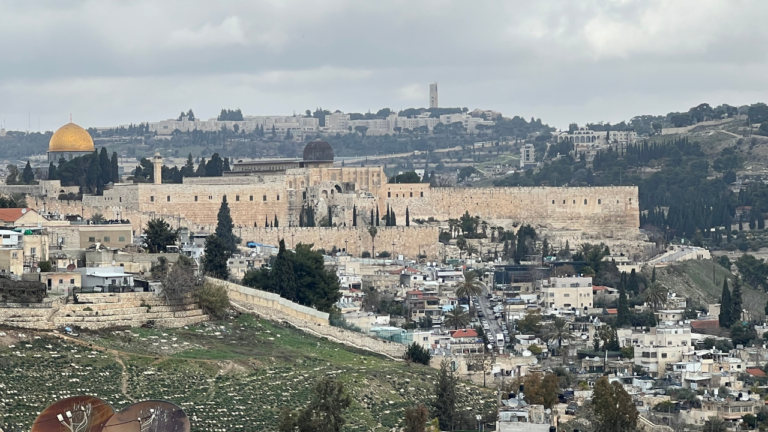The Integrated Memory of Jerusalem
Bringing the sacrifices in the Mishkan and the Beit HaMikdash is referred to as an “avodah” or service of God. The fact that this specific form of service merits such a general name indicates that the lessons learnt from the world of sacrifices are applicable to our service of God more generally. With that in mind, let us look at one aspect of the sacrifices that are delineated at the end of our parsha.
In its list of sacrifices, the Torah begins with the Korbon Tamid, or the daily sacrifice. This sacrifice is a constant. It is brought daily in the morning and evening no matter what else is going on inside or outside of the Beit HaMikdash. The midrash notes that this sacrifice highlights the importance of consistency and daily routine.
Then, the Torah describes the unique sacrifices for each of the holidays. On these special days there were unique sacrifices that were offered to highlight the festive celebration that the day entailed.
The avodah of sacrifices includes both of these elements – daily consistency and special commemorations. This combination teaches us that in every aspect of our service of God we need to integrate these two poles. There is great importance for a daily routine that is centered on the service of God. Simultaneously, though, we need special times and activities to highlight a certain message or idea. Only the integration of these two elements will lead to a complete and perfect service of God.
One example of this integration is the service of remembering the destruction of Yerushalayim. Chazal, in their wisdom, provided us with daily opportunities to remember the glory of our city in its years of yore. We remember Yerushalyim in our daily prayers. We remember Yerushalayim via a spot in our house that remains unfinished. We remember Yerushalayim through limitations imposed on listening to music. Yerushalayim is interwoven into the halachik fabric of our daily lives.
Simultaneously though, Chazal realized that this sort of daily remembering would not be sufficient on its own. From time to time we need something special to highlight and focus on what we are missing. This is the purpose of the three-week period that we just entered. Just as the holiday sacrifices allows us to focus on the specific theme of that holiday to a degree that a daily schedule does not allow, so, too, the “avodah” of the three-weeks is to focus on the destruction of Yerushalayim.
May our daily and focused remembrances of Yerushalayim be a merit for us to see it being rebuilt!



